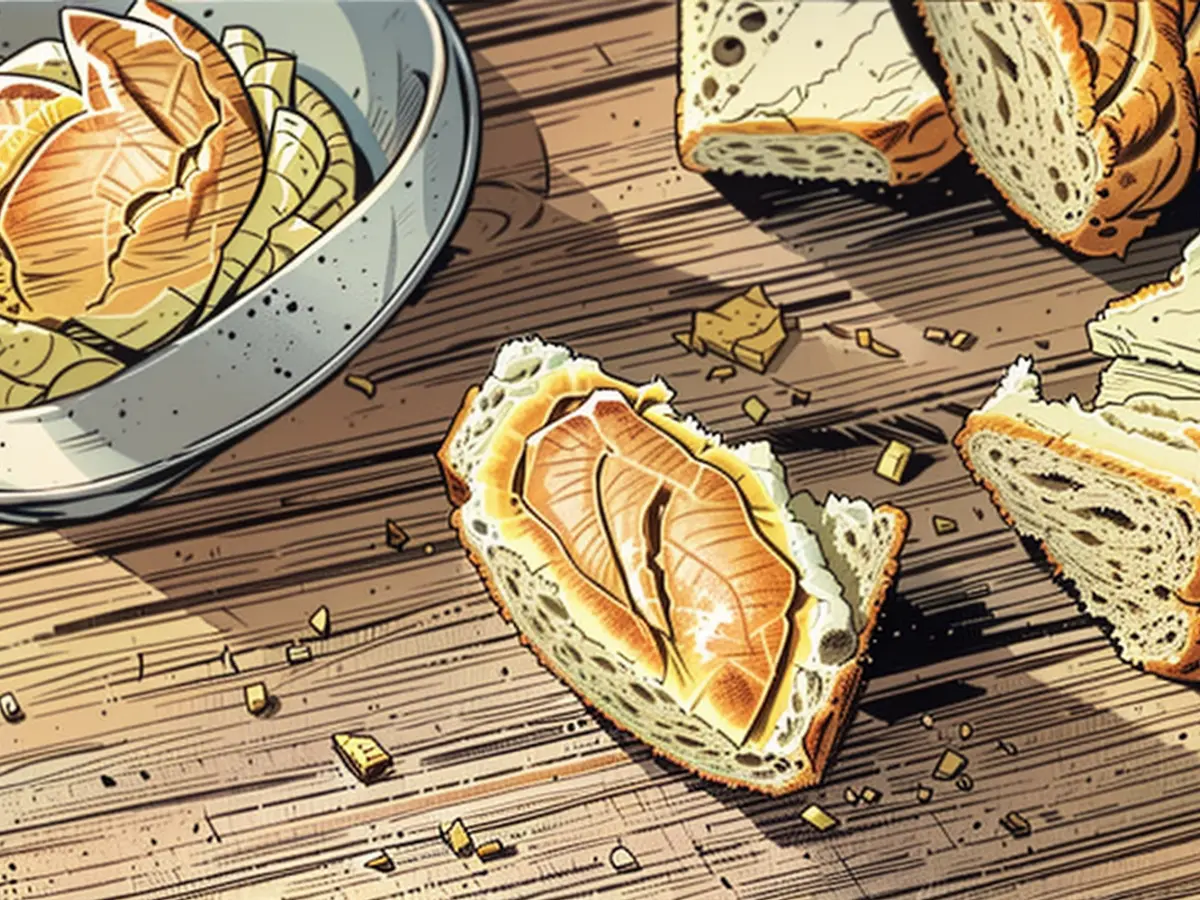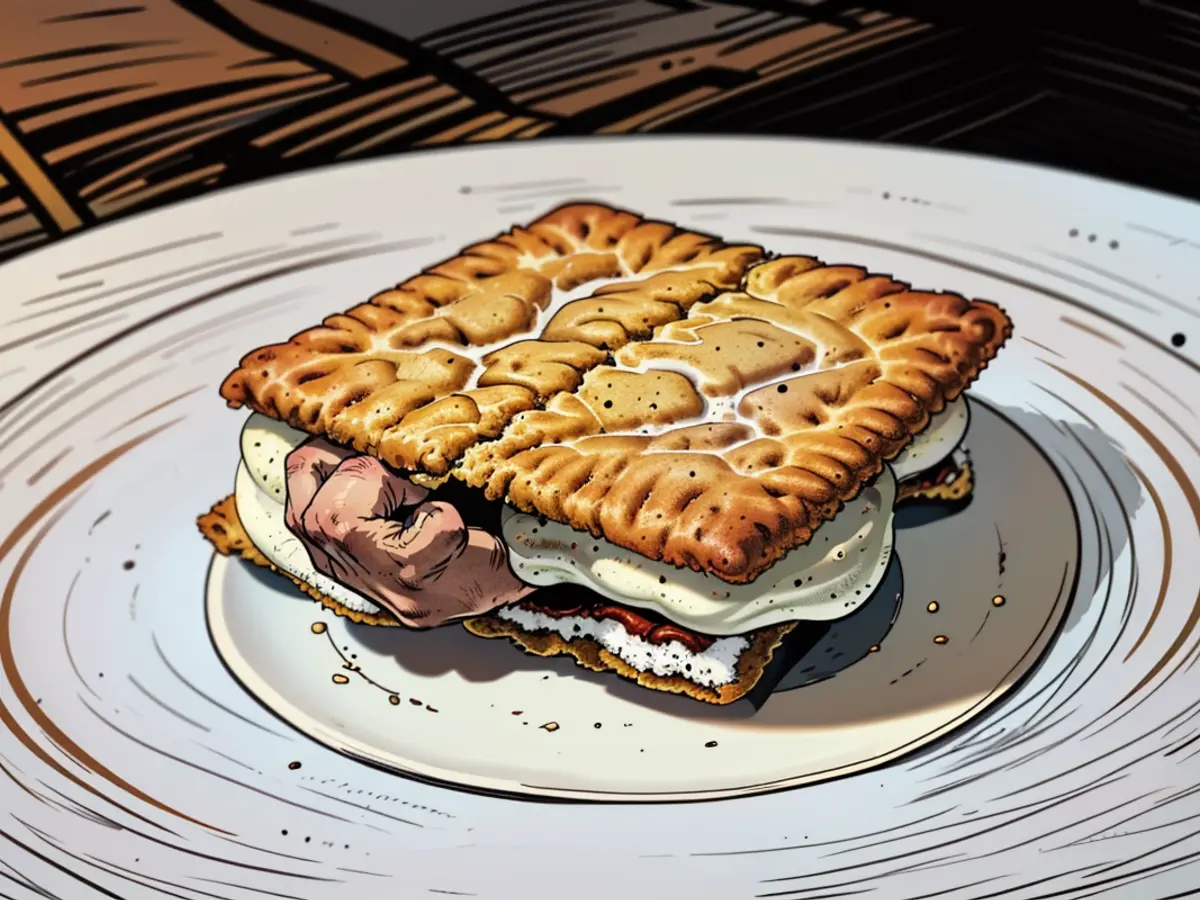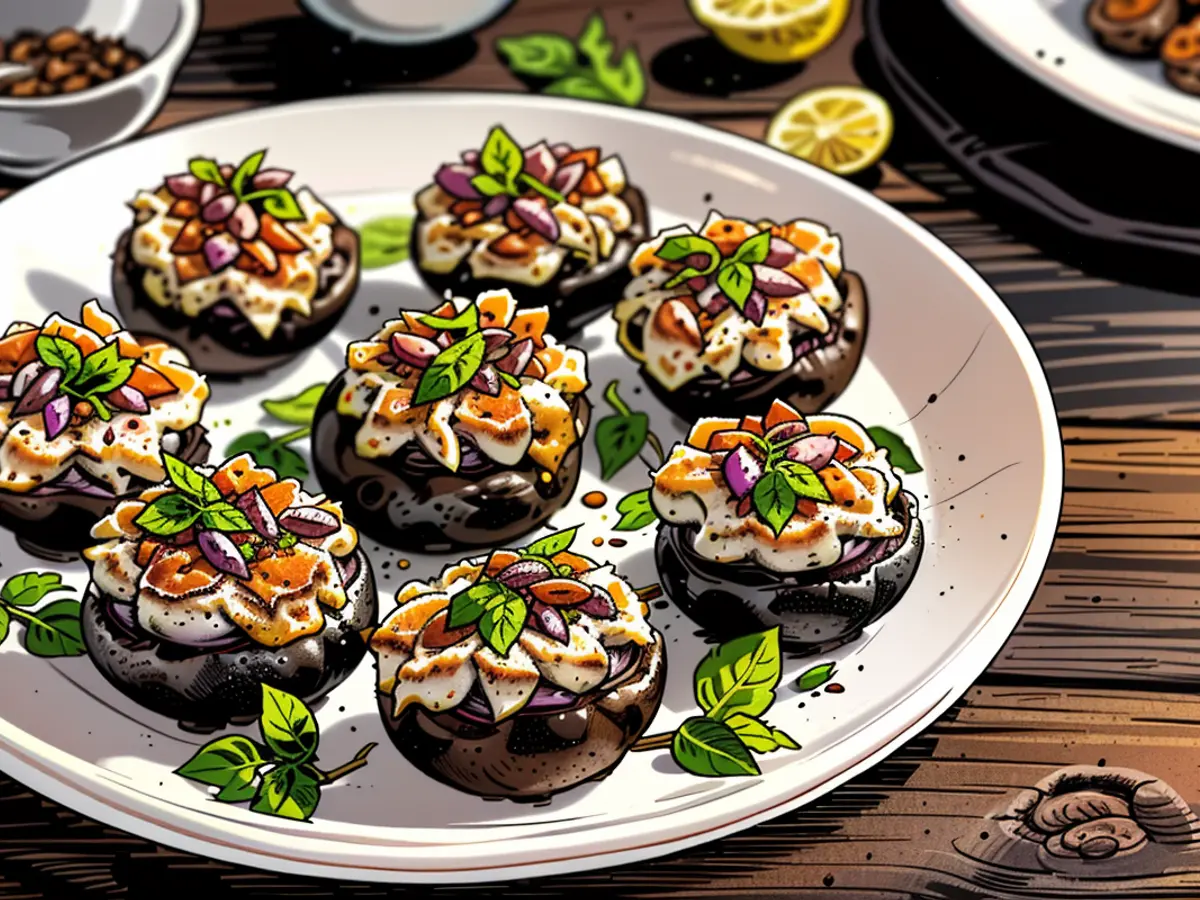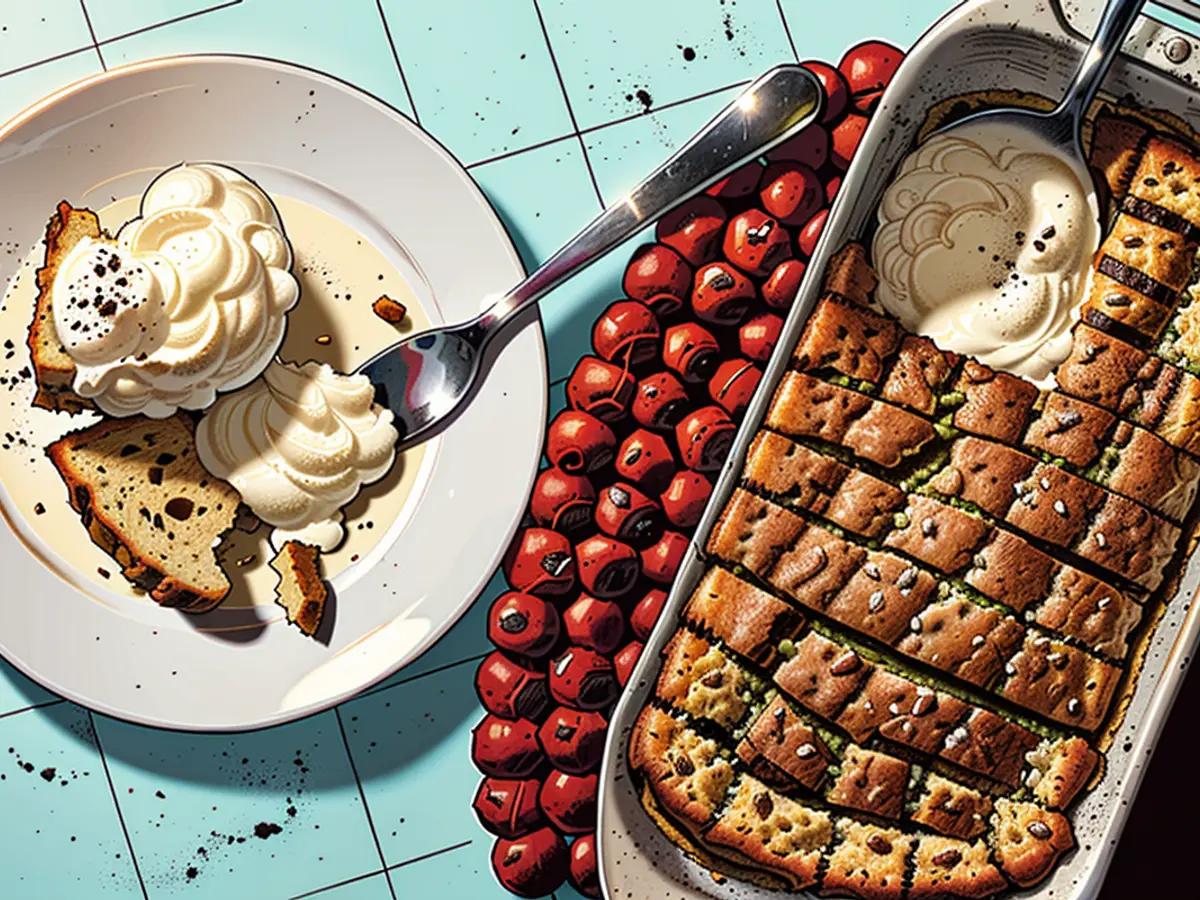How to Make Salt-Flaked French Butter the Lazy American Way
This isn’t going to give you true French butter, but honestly, it gets pretty damn close. It’s extraordinarily easy to do and ticks off two out of three descriptive boxes for the real stuff. This faux French butter will surely bring you the joy and wine-soaked reminders of vacation days past. Here’s how to make crunchy French butter the lazy American way.
What’s so great about French butter anyway?
The fat content. Butter is butter, right? Well, almost. European butter is held to a slightly higher milk fat content than American butter—an 82% minimum versus an 80% minimum, respectively—and while that matters, it’s not the only critical factor at play. (If you want less water content, you could just opt for ghee, which has 0%.) That’s box number one: butter fat.
It’s got cultures. Traditional French butter is special because it's made with cultured cream. The bacterial cultures introduced to the butter, much like with yogurt or cheese, give the butter a subtle but distinguished flavor. There’s a slight tang to French butter and, forgive my shortcomings with this description, it has a stronger dairy milk flavor. Again, that’s the hardest to replicate at home, but still only a subtle team player. Box number two: cultured cream.
Embrace the salt. The final difference and the easiest one to detect is the salt. I am perhaps slightly in love with salt, just as a character trait. As soon as I slathered a hunk of bread in demi-sel butter in my Parisian Airbnb, I detected pockets of crunchy salt. “What is this?” I thought, “A dream come true?” Indeed. Large salt crystals riddle the salted butters in France, and for a person who’s always thought American salted butter could do with a bit more salt, I felt validated. French demi-sel (partially salted) butter is 0.5% to 2% salt, and fully salted includes about 3% salt. Yep, even you salt-shy get your own semi-salted butter. What options! That’s box three: crunchy salt.
How to fake your own French butter
I promised you lazy American French butter, and you shall have it. You only need two things: unsalted European butter, and large crystal, flaky sea salt. European butter is more widely available these days in grocery stores, like Kerry Gold, and so is European-style American butter, like Plugra. As long as the butter has an 82% to 85% milk fat content, you’re in good shape.
Once you’ve chosen your European-style butter, leave it out for four hours, or overnight to soften completely. Unwrap it and place the butter in a mixing bowl. Dump in the flaky salt and mix it together with a rubber spatula. Depending on your preference, you can add 0.5% to 3% salt to your butter. I suggest doing it by grams, and absolutely using a kitchen scale since flakes can vary in shape and size.
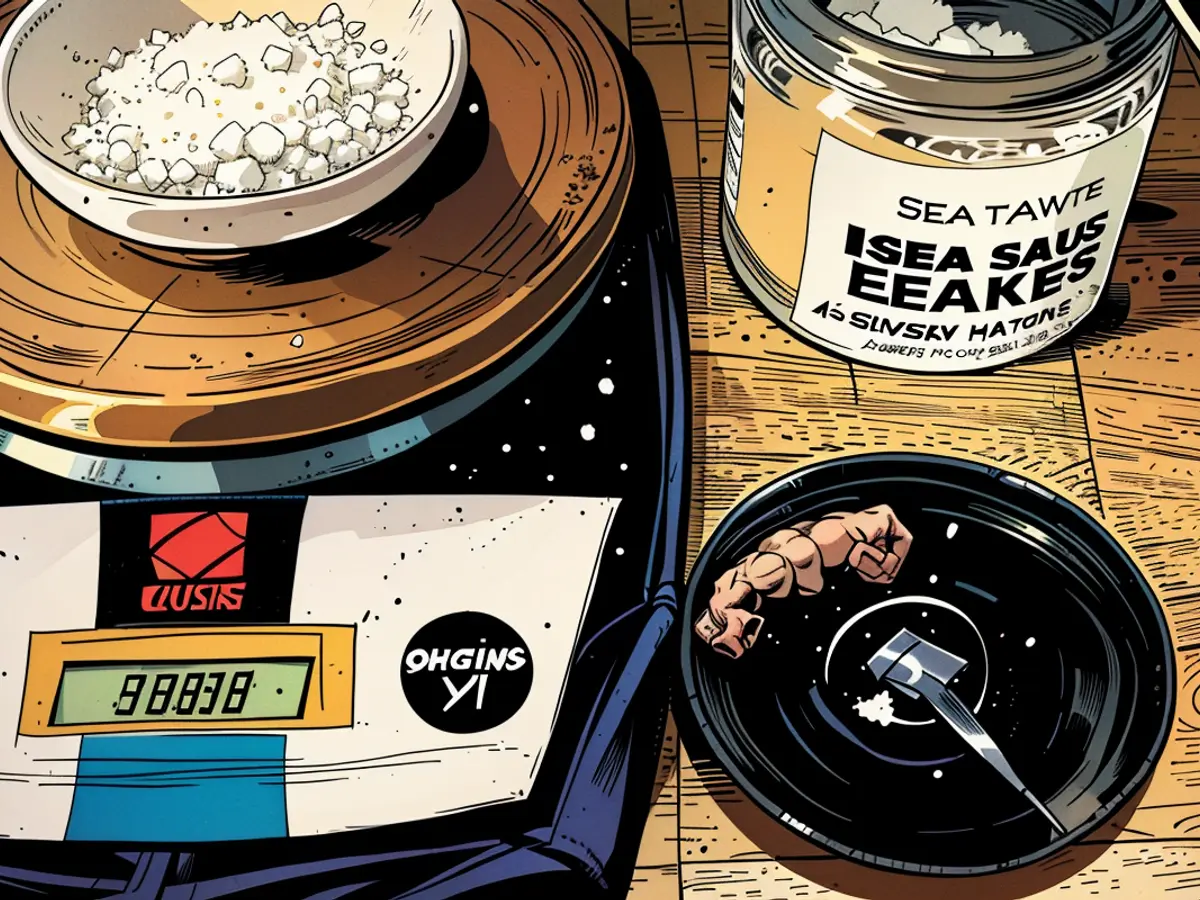
Credit: Allie Chanthorn Reinmann
That reminds me: The shape matters. Try your best to find a salt that you can see through the package to identify its shape—or it should say “flaky” on the package. Something like large kosher salt crystals will be too hard, and regular fine table salt will make the butter salty but that’s not quite what you’re looking for either. French butter presents you with shards of salt lost in a sea of sweet cream butter. You get a delicate crunch and a burst of salt that gets whisked away. Try maldon sea salt, or a salt that you can see has pyramid crystal structure. You can always crumble the pyramid structure to make medium-sized flakes, which is what I did.
I used one stick of butter, which is 113.4 grams and mixed in 3 grams of salt, for a bit less than 3% salt content. Mix in your flaky salt. Then scoop it out into a container and chill it until you’re ready to use your new crunchy faux French butter. Note that it's not weird for the salt pockets to become watery. Salt is hydrophilic and will pull in moisture from the air. It still tastes great, and this happens with true French butter too.
Since we’re not churning butter, I don’t have an easy way for you to culture the cream. I have read that some folks will churn their own butter with the addition of buttermilk or yogurt to introduce those tangy flavors. That is commendable, but maybe another time. Instead, I’ll do without that flavor and rely on the other two factors. But keep a lookout: Maybe you’ll come across some cultured butters where you live and you can swap out the unsalted Kerry Gold for that. I’ve only ever seen this one from Vermont Creamery for sale online. I haven’t tried it yet, but if you have, I’d love to hear how it turns out.
This European-style butter, such as Kerry Gold or Plugra, is a key ingredient in making your own lazy American French butter at home. After softening the butter and mixing it with flaky sea salt, you'll have a delicious homemade butter that closely resembles the French salty butter recipe.
